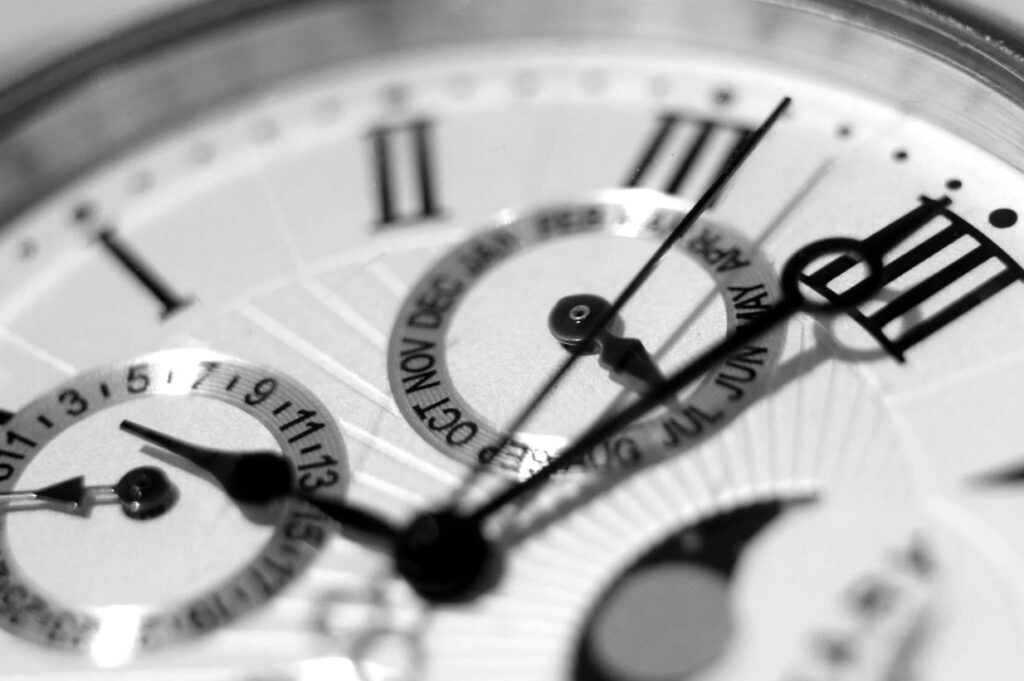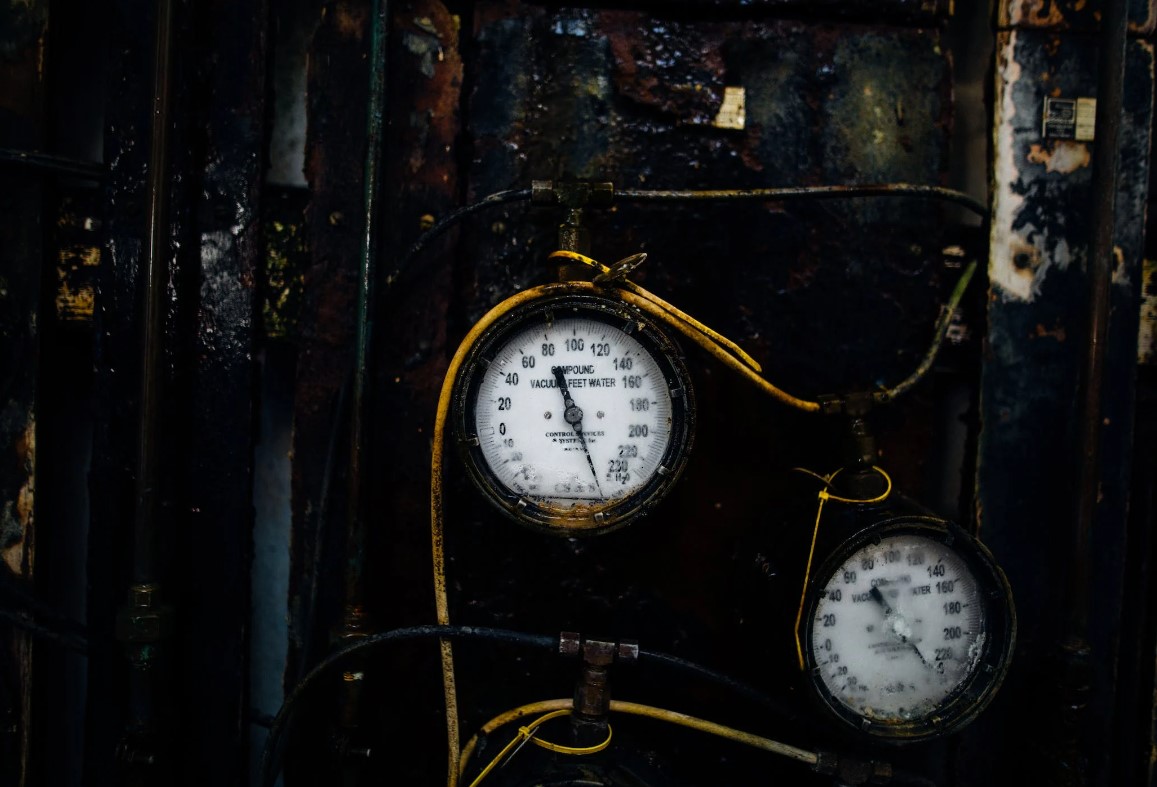When it comes to industrial processes and engineering, there is the essence of accurate and reliable measurements. It correlates to safety, super performance, and efficiency. The differential pressure sensor is one of the most vital instruments that can guarantee effective measurements.
Advanced sensors are crucial in obtaining pressure readings and monitoring pressure differences. It makes it possible for project managers to make informed decisions based on precise data. Below we will guide you through the technology of differential pressure sensors, their applications across different sectors, and associated benefits so you can understand them better.
Understanding Differential Pressure Sensors
Differential pressure sensors are designed to measure the difference in magnitude of pressure between two points in a system. By comparing pressure at two different locations, these sensors allow for great accuracy and enhanced readability, making them ideal for demanding applications requiring precision.

Based on their piezoresistive principle, some differential Pressure Sensors may offer a flexible solution to fold differential pressures ranging from 350 mbar to 35 bar, where this OEM silicon pressure sensor is apt for varied fluid media and welding constructions with good sensitivity and accuracy. Differential pressure sensor configurations may also cater to varying industrial needs. Power supply options may span from 4mA DC to 20mA DC with higher output voltage for extra demanding uses.
Working Principle and Types of Differential Pressure Sensors
There are normally two options when it comes to the pressure transducers’ operations. Either you go for the mechanical or electrical differential pressure transducers.
As for the Mechanical differential, pressure sensors utilize physical components, like the Bourdon tubes or bellows, to detect pressure variations. These sensors have been here for a long time and are most suitable in areas where the applications need low precision.
On the other hand, electronic differential pressure sensors utilize semiconductor-based technology. They offer higher accuracy and sensitivity than piezoelectric sensors since they use crystals which generate an electric charge when subjected to mechanical stress. Capacitive sensors measure changes in capacitance caused by pressure variations.
These electronic sensors are best suited for precise measurement applications such as aerospace, medical devices, and advanced.
Applications of Differential Pressure Sensors
One thing about Differential Pressure Sensors is versatility. The range starting from 350 mbar to 35 bar renders them operable in different fields and industries: here are some of these fields.
- HVAC and Building Automation: You may need differential pressure sensors in the HVAC system. These tools are vital for maintaining proper airflow and air balance. They optimize energy consumption and help you monitor the air filter operations. As such, they are key to consistent performance and efficient running.
- Process Control: nearly all manufacturing and industrial processes require differential sensors to monitor fluid levels, flow rates, and filter conditions. It’s a vital tool for project managers whose operations need precise readings on pressure and high-level optimization for production processes.
- Aerospace and Aviation: Differential pressure sensors are critical in aircraft for measuring airspeed and altitude accurately. The precise readings from the featured sensor contribute to safe navigation and reliable flight control.
- Environmental Monitoring: Differential pressure sensors are used to measure barometric pressure changes. This data is crucial for weather forecasting and pollution monitoring, aiding environmental conservation efforts.

What Are the Benefits of Differential Pressure Sensors
Differential Pressure Sensor offers several advantages that contribute to their widespread adoption: let’s check them out,
- Wide Pressure Range: This sensor is adaptable to diverse industrial applications, covering a differential pressure range from 350 mbar to 35 bar, from low-pressure systems to high-pressure environments.
- Optional Temperature Compensation: The sensor’s outer resistors’ temperature compensation option enhances accuracy and stability, ensuring reliable performance across varying temperature conditions.
- Versatile Construction Options: The sensor can withstand harsh operating conditions in different industrial settings with welding constructions suitable for various fluid media.
Customizability in Differential Pressure Sensors
In practicality, Differential Pressure Sensor like the ones from MicroSensor have specs that can be tailored to meet specific requirements:
First, there are different diameter ranges; you can choose whichever fits your applications. MicroSensor offers three diameters: 19mm, 15mm, and ≤12.6mm. Then on height, you get the option of 26mm, 18mm, 15mm, and 12mm, which allow seamless integration in various setups.
Finally, there are temperature compensation aspects. Some variants may give 50 or 70℃. Such flexibility makes them adaptable to different environments.
Calibration and Maintenance
One thing about differential pressure sensors is that they allow regular calibration and maintenance, which are crucial to ensure accurate and reliable measurements. These calibrations are vital when it comes to fixing deviations in standard measurements. On the other hand, routine maintenance is key to promoting the sensor’s longevity and performance.
Future Trends and Innovations
With the advancement in technology, the future of differential pressure sensors looks promising. Miniaturization of electronic components will lead to more compact and portable sensors, making them ideal for handheld and IoT applications. Integration with wireless communication will enable remote monitoring and control, further enhancing their usability in various industries.
In addition, advanced data analytics and machine learning techniques will have a major role to play in incorporating the immense amounts of data generated by differential pressure sensors. Using AI algorithms on sensor data enables businesses to derive predictive maintenance parameters, optimize processes, and thereby identify unperceivable trends with conventional methods.
Conclusion
Differential pressure sensors have been instrumental in playing their crucial role across industries and contributed a lot to increased efficiency, safety, and precision. With the ability of these sensors to measure the pressures accurately at different points, they revolutionized processes in HVAC, medical, besides many other areas.
As technology continues growing toward more innovation, differential pressure sensors will play an even more important role as it shapes future industrial processes and engineering that pave the way for a safe, efficient world.



























